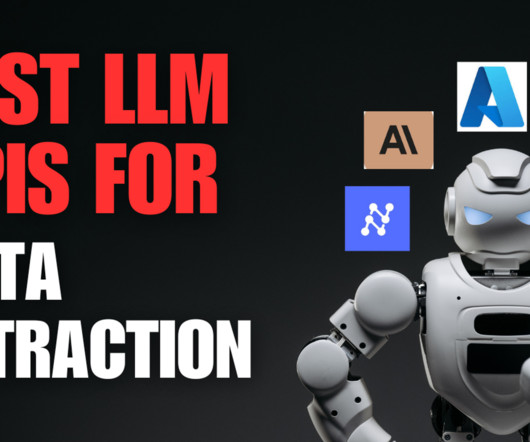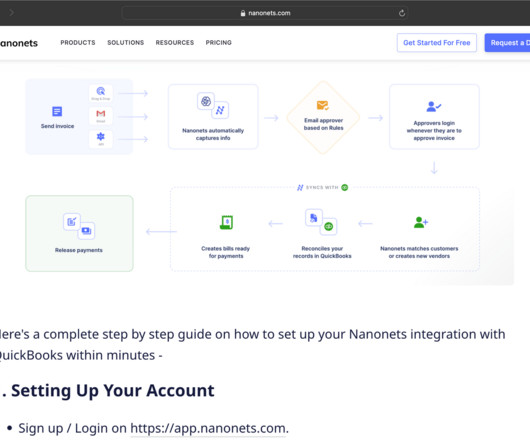PCI DSS Requirement 3 – Changes from v3.2.1 to v4.0 Explained
VISTA InfoSec
JANUARY 22, 2024
This is achieved through a multi-pronged approach: Data Encryption: Requirement 3 mandates the use of strong cryptographic controls such as encryption for stored cardholder data. Key Management: Requirement 3 also covers the secure management of cryptographic keys used for encryption of cardholder data. PCI DSS v4.0












Let's personalize your content